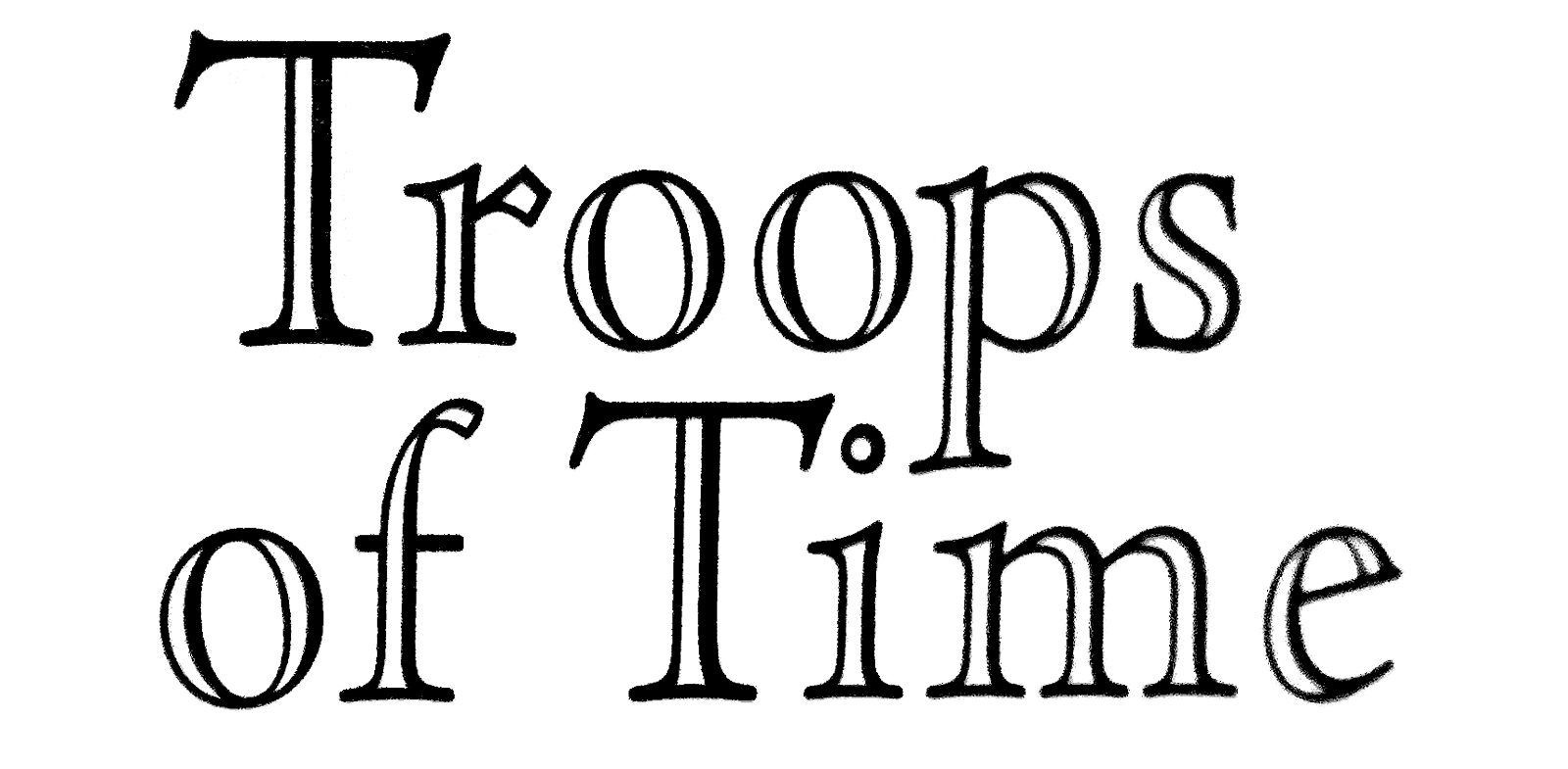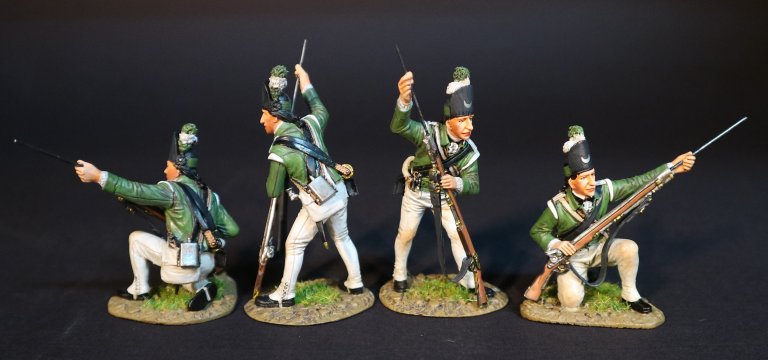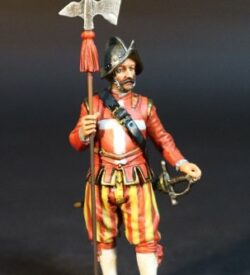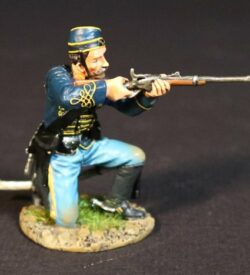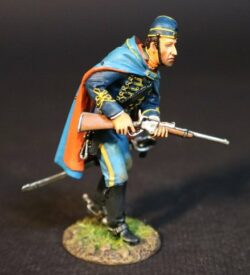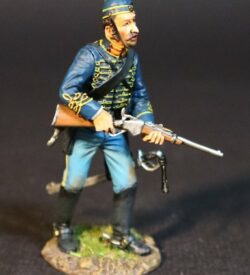SQR-08N Four Light Infantry Skirmishing, Simcoe’s Rangers
$160.00
Description
It was under Simcoe that the Rangers reached the height of its efficiency. Starting as an infantry command, it gradually expanded and before its surrender at Yorktown consisted of eleven companies of foot, including riflemen, light infantry, grenadiers and a highland company, as well as dragoons, Hussars and some light guns.
Simcoe had advanced ideas regarding training and discipline. He advocated constant vigilance, physical activity, and endurance of fatigue. There was constant instruction in marksmanship, the use of the bayonet, open formations, and the use of ambuscades. Units were trained to seldom return by their outgoing route. Officers were selected on their ability to perform such duties, and promotions when they occurred were from within the corps.
Regularity of messing and cleanliness were stressed, and officers were held responsible for the health of their men. Written orders were avoided when possible, officers met after parade and received their orders verbally.
A small number of Black Loyalists served in the Queen’s Rangers, such as the trumpeter Barnard E. Griffiths.
After the war, the Rangers were removed to the British colony of Nova Scotia and disbanded.
